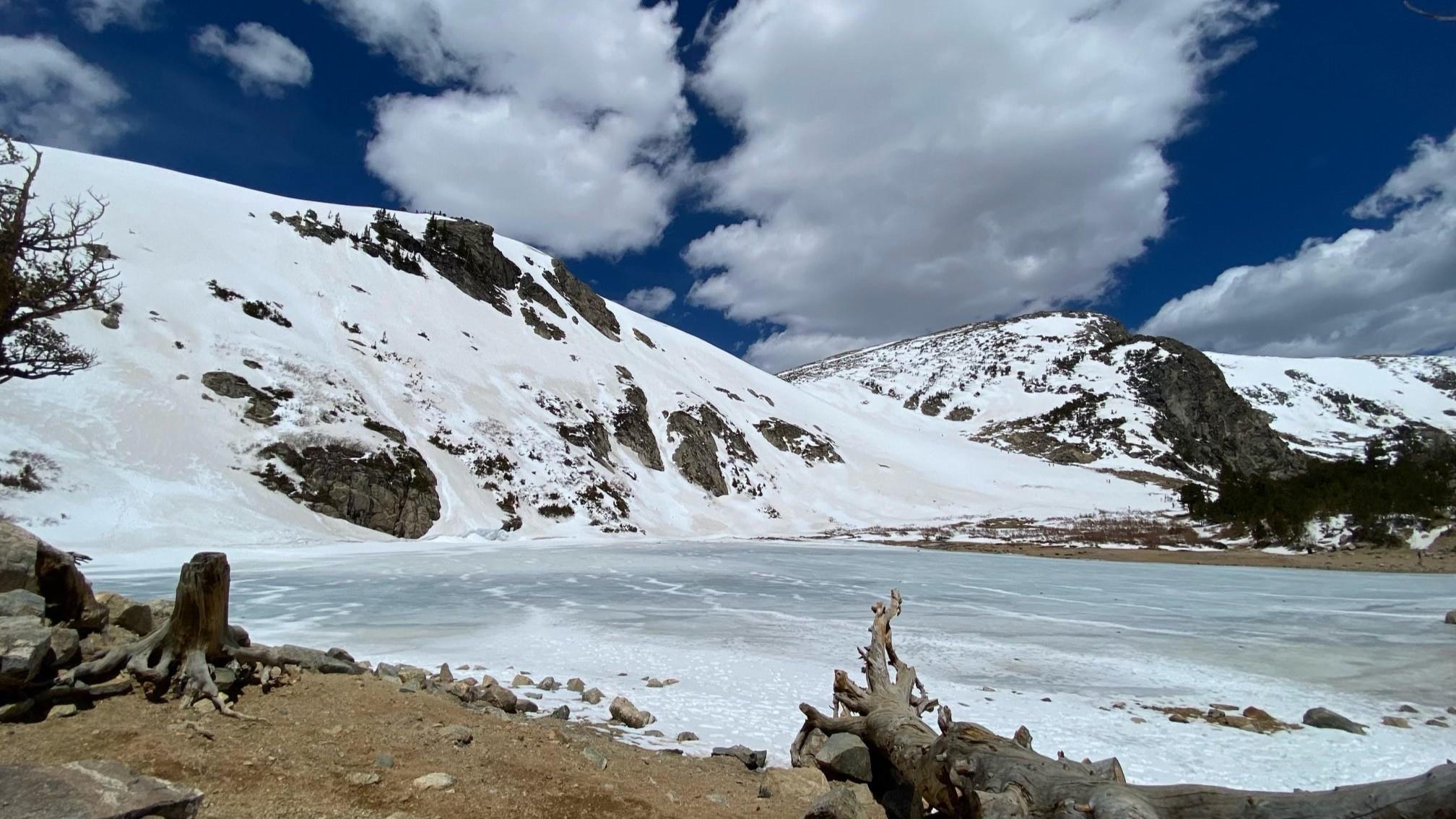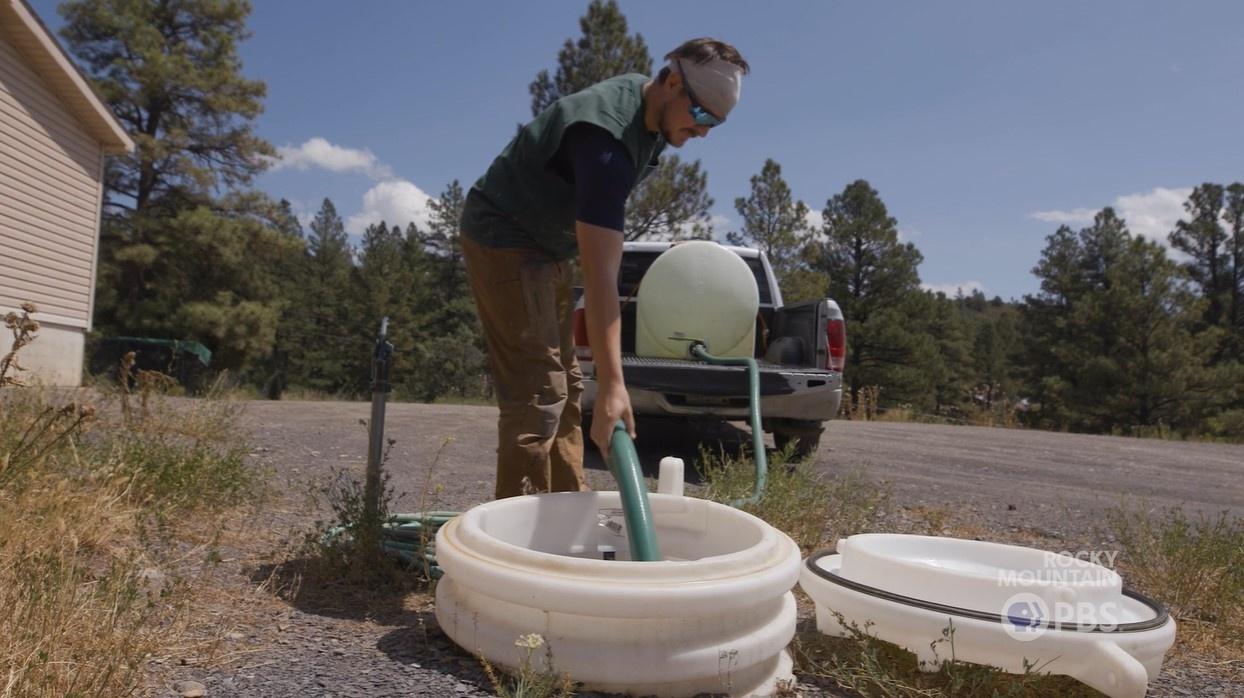A new study from Portland State University suggests that some of the Mountain West’s most famous glaciers do not qualify as glaciers anymore.
This study defines a glacier as being present for more than 20 years, having an area of at least two football fields (or 0.01 square kilometers), and showing signs of movement. Without these, it’s just a perennial snowpack or a pile of rocks.
“If we saw crevasses, then we knew it was moving because cracks develop when the ice stresses and strains, said Andrew Fountain, professor emeritus at the university and one of the study’s authors. “Even though the glaciers might have snow, the one that doesn't move is a snow patch or an ice patch, and the other with crevasses is by definition a glacier.”
Researchers looked at U.S. Department of Agriculture aerial photos taken from 2013 to 2020 of about 4,000 areas, according to Fountain. They were only able to classify around 1,300 areas as glaciers and 1,200 areas as perennial snowpacks.
St. Mary’s Glacier in Colorado is too small and does not meet the 0.01 square kilometer threshold. Taylor Glacier in Rocky Mountain National Park is too rocky and does not have enough snow coverage to be a glacier. Isabelle, Moomaw and Peck Glaciers were all deemed perennial snowpacks.
Other well-known glaciers that didn’t make the cut in the Mountain West were Petersen Glacier in Wyoming and the Grasshopper Glacier in Montana. They don’t believe Idaho has any glaciers.
Their findings were published in Earth System Science Data last month.
Before this study, several paper topographical maps categorized areas as glaciers, but modern satellites and aerial photography hadn’t been used to track changes to them. Some of these maps were more than 30 years old.
“Glaciers in the western U.S. never had really been properly inventoried,” Fountain said. “As we know, glaciers have changed a lot since then (in 30 years)."
Researchers believe these glaciers are shrinking due to global warming – and possibly wildfires. Additionally, caverns in the glacier created by streamflow underneath can let sunlight in and melt the glacier.
“Smaller glaciers don't do as well, don't add as much water,” he said. “As glaciers shrink, these streams then become more and more susceptible to drought, as well as the surrounding riparian areas and adjacent landscapes, which changes the ecology in these high alpine areas.”
One solution could be artificial glaciers made by underground pipes that spray like fountains and freeze into a cone shape, which slows the melting. Another is glacier covers, usually made of plastics and fleece, to help insulate a glacier and block the sun.
Fountain said that these “stop-gap measure[s]” are “not going to be of practical value” for the West. Instead, he wants people to focus on getting rid of the carbon dioxide to help slow global warming.
Despite this, there’s good news. Some glaciers have endured due to their positioning away from the sun and extra shade coming from the shadow of nearby mountains – and if they get more snow than expected, that’s even better. Andrews Glacier in Colorado came to mind as an example.
“Those glaciers in those nice little basins having additional snow either by wind drift, travel, entering, sort of become climate insensitive because these other effects are kind of keeping that glacier intact,” he said. “All of the glaciers, I think, in the front range should be gone by now, except these additional processes that keep them alive.”
For his next research project, Fountain is trying to quantify how much water and ice has been lost.
This story was produced by the Mountain West News Bureau, a collaboration between Wyoming Public Media, Nevada Public Radio, Boise State Public Radio in Idaho, KUNR in Nevada, KUNC in Colorado and KANW in New Mexico, with support from affiliate stations across the region. Funding for the Mountain West News Bureau is provided in part by the Corporation for Public Broadcasting.





